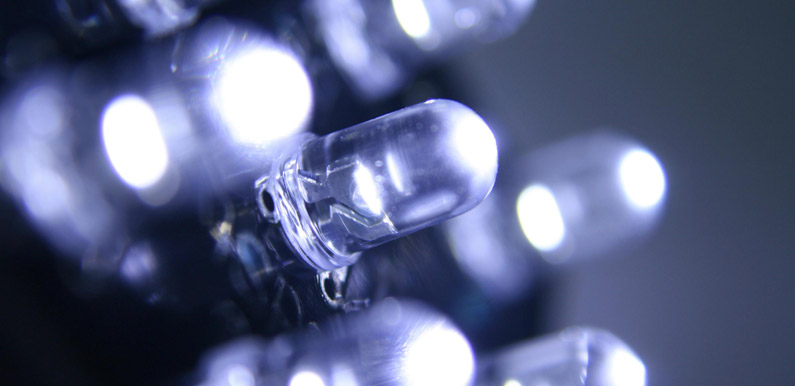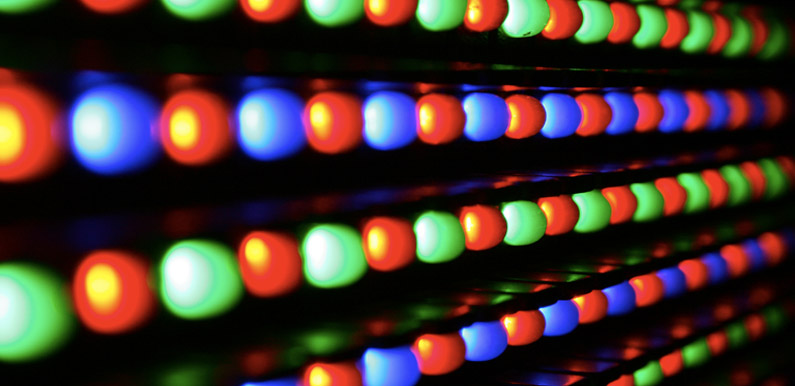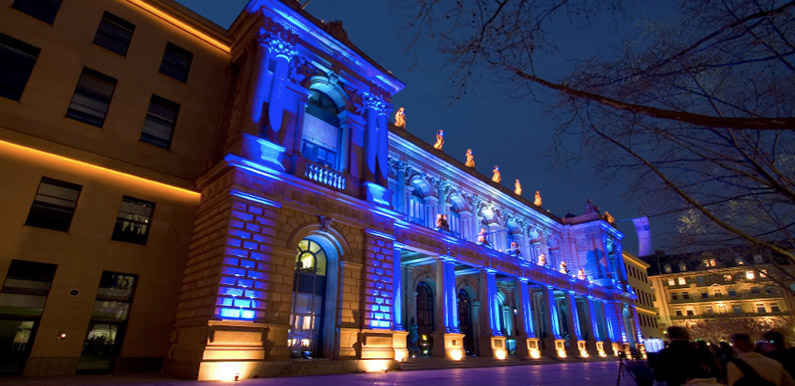LED Lighting
The other big innovation in energy savings has to do with exterior and interior space lighting. The LED light has revolutionized the way lighting is used. Reduced consumption means opportunities for applications in hotels and other facilities are growing on a daily basis. From the lighting of facades to the automatic smart lighting of common areas or parking areas, these systems permit an optimization of energy use of up to 90% when compared to conventional systems, with the added value of zero waste output and increased longevity that is 50 to 100 times superior depending on the technology that it is compared with.
The principle.
LED technology (light-emitting diode), also known as cool light, is the greatest revolution in lighting since Edison invented the light bulb, and could foreseeably replace conventional light bulbs. Until recently, the light from light bulbs was created using conventional filaments that lost 90% of their energy in the form of radiant heat.
Maximum autonomy.
Incandescent lamps (such as Xenon and Krypton) lose 90% of their energy to heat loss. With LEDs, the totality of energy is transformed into light. For example, a traditional flashlight, after 32 minutes of use is only 50% as bright as it could be, and after 6 hours almost completely loses its full strength, whereas LED flashlights last for many days.
Savings.
Due to low consumption and the extended longevity of LEDs, an hour of use costs only thousandths of a cent. Moreover, they last much longer. For non-continuous use, LEDs last 11 years, and so replacements are almost unnecessary. Conventional bulbs, on the other hand, only guarantee 60 hours of usage. Moreover, LEDs are much more resistant to shock, because the filament is not loose, rather it is contained within a transparent plastic lens (without crystal), and so can be dropped, thrown, or even run over by a car without being damaged. And obviously, decreased energy consumption means less need for batteries, reducing the total output of toxic wastes that are being produced.
Renewable Energy Efficiency
- Thermodynamic Solar Energy
- Intelligent Climate-Control Systems
- Low-Temperature Heating Systems
- Purification Kit


